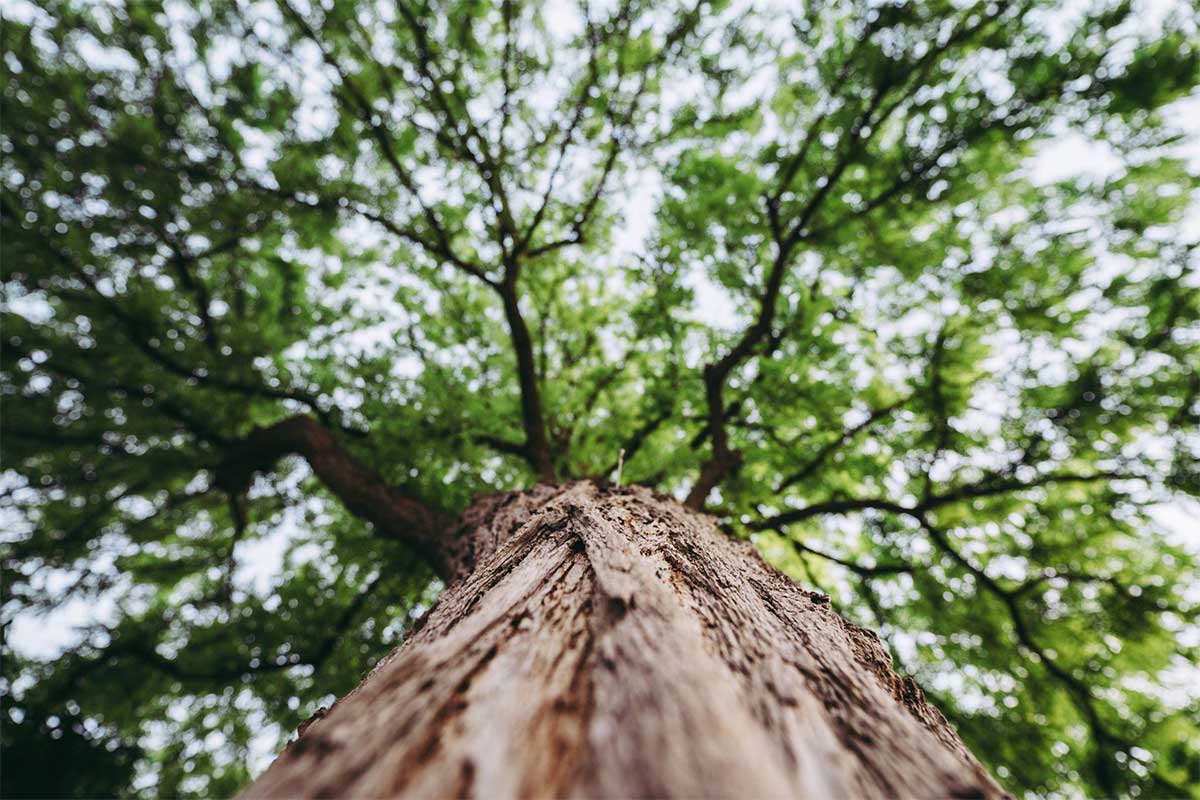If you own property in New Mexico and you have neighbors with trees on their property that begin encroaching on your land, or that grow beyond the boundary line of the property, what rights do you have as a property owner? In other words, do the trees become your property such that you can cut them down or require your neighbor to remove them from the area beyond the boundary line between your properties? The answer to this question was addressed in a New Mexico Court of Appeals case a number of years ago, and the law remains relevant to property owners today. Our New Mexico boundary disputes lawyers can provide you with more information about the case of Garcia v. Sanchez (1989) and how it applies to a boundary dispute in the present.
Getting the Facts About Garcia v. Sanchez
In order to understand how New Mexico law treats boundary disputes involving trees in boundary lines of adjacent properties, it is important to get the facts of the case from Garcia v. Sanchez (1989) and to learn about how the court decided that case.
In Garcia v. Sanchez, there were property owners who were neighbors on adjacent land. The defendant planted trees on the defendant’s property, and those trees became overgrown and encroached onto the property of the plaintiff. The defendant acquired her property in 1966, which the defendant acquired her property in 1974. Before the defendant acquired the property, another person on the property planted ten elm trees near the boundary line of the defendant’s and the plaintiff’s properties. The trees originally were planted inside the property line, but they grew over the years. At the time of the lawsuit, nine of those trees were located on the boundary line of the property, and various parts of the trees had encroached onto the plaintiff’s property.
The plaintiff did not complain about the trees until eight years had passed after she initially acquired the property. Two years after her initial complaint, the plaintiff filed her lawsuit, alleging that the encroaching trees were harming her crops. The trial court ordered the defendant to perform yearly maintenance to prevent the trees from encroaching onto the plaintiff’s property. The Court of Appeals, however, reversed and remanded the case.
Holding in Garcia and Its Present Implications
The New Mexico Court of Appeals determined that the trees were not owned jointly by the plaintiff and the defendant even though they were on a common boundary line because there was no existing agreement between the parties to have the trees form the boundary line between the respective properties. Then the Court of Appeals determined that the plaintiff’s remedy would have been “self-help” to prevent the trees from encroaching over the years but that the plaintiff failed to exercise self-help to prevent the trees from encroaching as they did.
What are the implications of this case in the present? If trees are to constitute a boundary line between properties and to exist on a boundary line, an agreement must be in place between the parties for the trees to constitute a boundary line. When a tree from one property owner’s land encroaches onto an adjacent property, the adjacent property owner typically must exercise self-help to limit the effects of the encroaching trees in order to be eligible for relief later on.
Contact Our Santa Fe Boundary Dispute Attorney
Do you have questions about a boundary dispute? A Santa Fe boundary dispute lawyer at our firm can assist you. Contact Slate Stern Law today.
